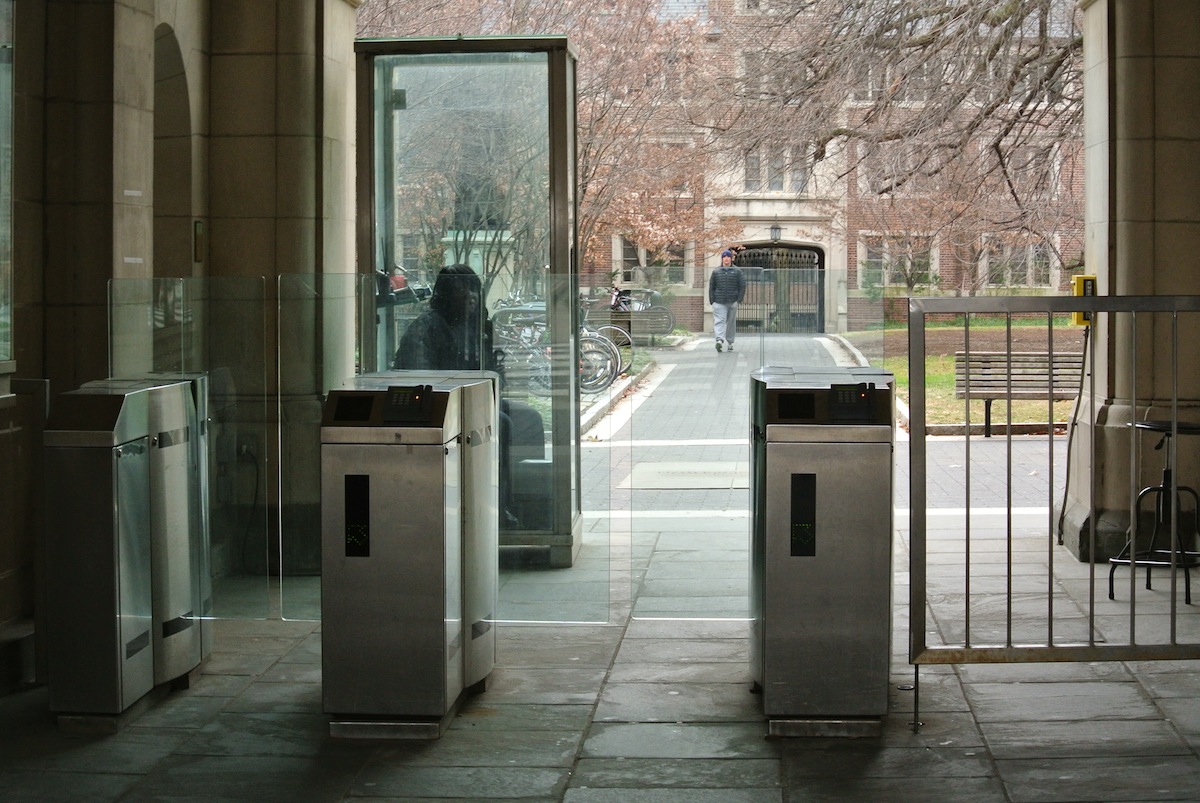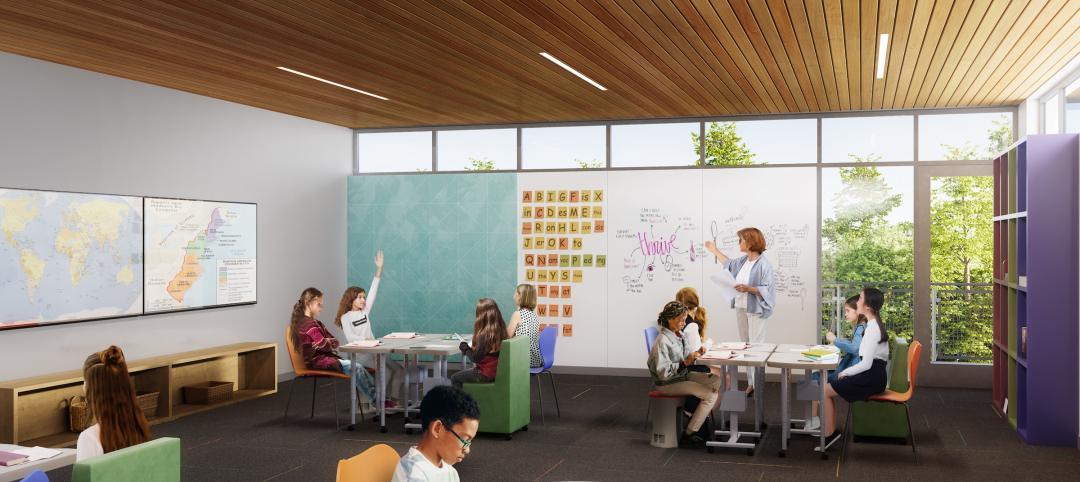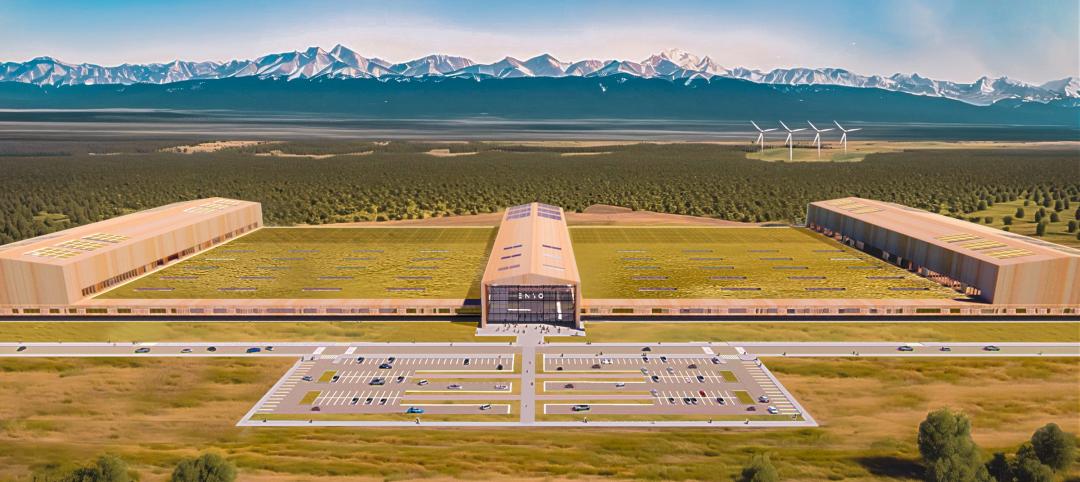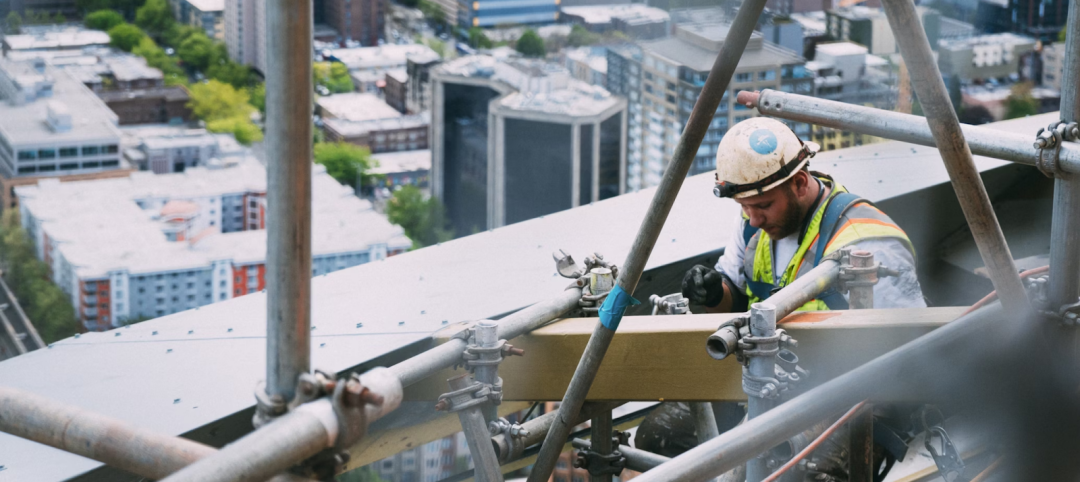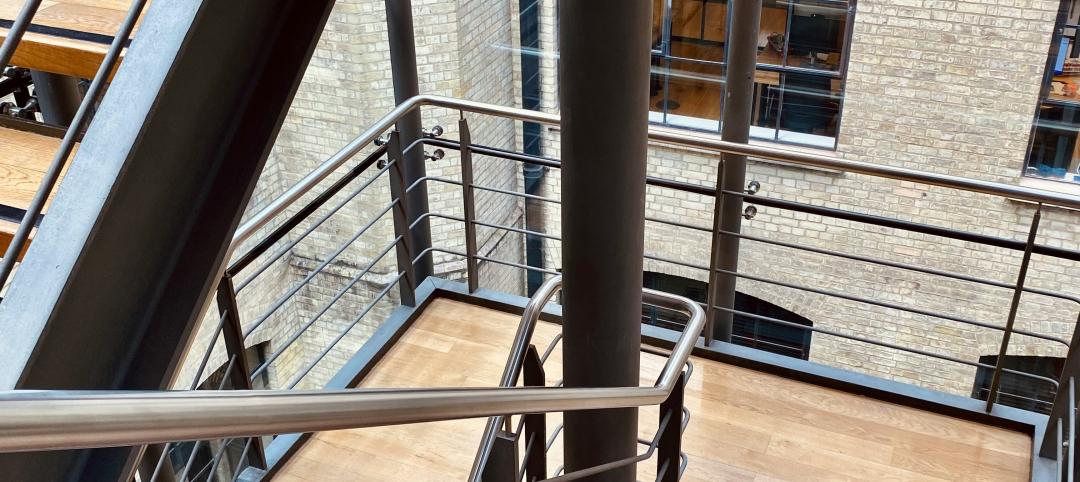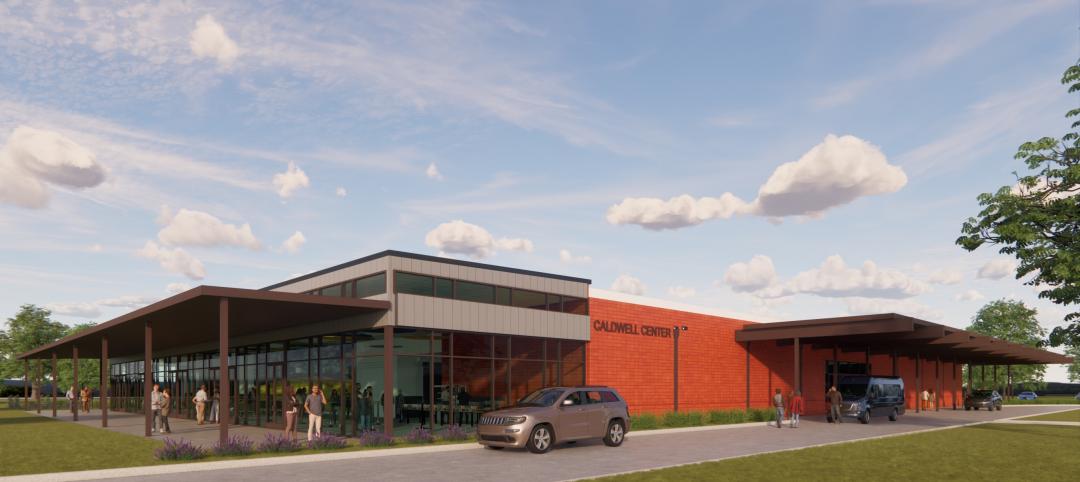In late November, the Alabama Board of Adjustment denied a $1 million lawsuit brought by parents of an Auburn University student who was fatally shot on campus in March 2008. The victim’s father said his main reason for suing the school was to push Auburn to reinstate its campus police department. The university had dissolved its police force in 2004 and contracted with the city’s police department for campus protection.
This case illustrates the potential liability attached to campus public safety programs. Seven years after the mass shootings at Virginia Tech and six years after a similar incident at Northern Illinois University, colleges and universities continue to shake up their emergency communications and response capabilities to shootings and other criminal threats. NIU is now among the many colleges that have systems to transmit alerts to students via email, text, social media, and annunciation systems equipped with sirens.
For more on university security, read BD+C's Special Report: "How security is influencing campus design and construction"
State-mandated alert systems. Many states now mandate that campuses have active, sophisticated alert systems that are immediate and can reach a wide range of people. Within minutes of shots being fired outside Florida State University’s Strozier Library last November, FSU police issued an alert to 40,000 students. It read: “Dangerous Situation! Main Campus—Tallahassee. Seek shelter immediately, away from doors and windows.” Tallahassee police swept in and killed the gunman, who had wounded three people.
Smartphone technology and application software have made transmitting mass alerts simpler. Kristina Anderson, a survivor of the 2007 Virginia Tech shooting spree—a 19-year-old sophomore at the time, she was struck by three bullets—co-developed LiveSafe, a GPS-enabled app that can be used to contact the police via chat, video, and voice. It has been in use at Virginia Commonwealth University, Richmond, since August 2013.
Electronic reader systems with personal PIN codes. These have become fairly common. The ID cards can also be used as debit cards. But what’s becoming a “big deal,” according to security consultant Fred Miehl, Senior Security Consultant, LynStaar Engineering, is a new category called video analytics. This includes cameras that have been programmed to spot unusual movements and send out an immediate alarm, or video imagery that can be linked to images of criminals in police databases. All this technology is in the development phase.
Training and preparedness programs. Many security experts say that training students, faculty, and staff to be alert to potential threats is essential to any public safety program. The University of Pennsylvania conducts more than 200 safety workshops and forums each year for students, faculty, and staff. Since 2012, Bowling Green (Ohio) University has been training its campus community members about their options in an emergency through a program called ALICE—Alert, Lockdown, Inform, Counter, Evacuate.
Mental health intervention. More colleges and universities are bringing mental health and psychology experts into their public safety networks to help identify and assist at-risk students, faculty, and staff before things get out of hand. Shootings, arson, and rape may not be predictable, “but they are preventable,” says Brian Van Brunt, President, National Behavioral Intervention Team Association, and Senior Vice President, National Center for Higher Education Risk Management.
One public policy issue of special concern to academia is the threat to privacy from the proliferation of camera surveillance on campus. In response, the University of Pennsylvania has restricted its surveillance to security and safety matters and may not intrude on private matters. It has established a monitoring panel comprised of students, faculty, and staff to address such questions as where cameras should be placed to protect privacy. Penn staff who monitor camera systems must sign confidentiality agreements and are prohibited from leaking videos of, say, public student intimacy, to social media.
Related Stories
K-12 Schools | Aug 29, 2024
Designing for dyslexia: How architecture can address neurodiversity in K-12 schools
Architects play a critical role in designing school environments that support students with learning differences, particularly dyslexia, by enhancing social and emotional competence and physical comfort. Effective design principles not only benefit students with dyslexia but also improve the learning experience for all students and faculty. This article explores how key design strategies at the campus, classroom, and individual levels can foster confidence, comfort, and resilience, thereby optimizing educational outcomes for students with dyslexia and other learning differences.
Museums | Aug 29, 2024
Bjarke Ingels' Suzhou Museum of Contemporary Art conceived as village of 12 pavilions
The 60,000-sm Suzhou Museum of Contemporary Art in Suzhou, Jiangsu, China recently topped out. Designed by Bjarke Ingels Group (BIG), the museum is conceived as a village of 12 pavilions, offering a modern interpretation of the elements that have defined the city’s urbanism, architecture, and landscape for centuries.
Adaptive Reuse | Aug 28, 2024
Cities in Washington State will offer tax breaks for office-to-residential conversions
A law passed earlier this year by the Washington State Legislature allows developers to defer sales and use taxes if they convert existing structures, including office buildings, into affordable housing.
Industrial Facilities | Aug 28, 2024
UK-based tire company plans to build the first carbon-neutral tire factory in the U.S.
ENSO, a U.K.-based company that makes tires for electric vehicles, has announced plans to build the first carbon-neutral tire factory in the U.S. The $500 million ENSO technology campus will be powered entirely by renewable energy. The first-of-its-kind tire factory aims to be carbon neutral without purchased offsets, using carbon-neutral raw materials and building materials.
Architects | Aug 28, 2024
KTGY acquires residential high-rise specialist GDA Architects
KTGY, an award-winning design firm focused on architecture, interior design, branded environments and urban design, announced that it has acquired GDA Architects, a Dallas-based architectural firm specializing in high rise residential, hospitality and industrial design.
K-12 Schools | Aug 26, 2024
Windows in K-12 classrooms provide opportunities, not distractions
On a knee-jerk level, a window seems like a built-in distraction, guaranteed to promote wandering minds in any classroom or workspace. Yet, a steady stream of studies has found the opposite to be true.
Building Technology | Aug 23, 2024
Top-down construction: Streamlining the building process | BD+C
Learn why top-down construction is becoming popular again for urban projects and how it can benefit your construction process in this comprehensive blog.
Airports | Aug 22, 2024
Portland opens $2 billion mass timber expansion and renovation to its international airport
This month, the Portland International Airport (PDX) main terminal expansion opened to passengers. Designed by ZGF for the Port of Portland, the 1 million-sf project doubles the capacity of PDX and enables the airport to welcome 35 million passengers per year by 2045.
Adaptive Reuse | Aug 22, 2024
6 key fire and life safety considerations for office-to-residential conversions
Office-to-residential conversions may be fraught with fire and life safety challenges, from egress requirements to fire protection system gaps. Here are six important considerations to consider.
Resiliency | Aug 22, 2024
Austin area evacuation center will double as events venue
A new 45,000 sf FEMA-operated evacuation shelter in the Greater Austin metropolitan area will begin construction this fall. The center will be available to house people in the event of a disaster such as a major hurricane and double as an events venue when not needed for emergency shelter.


